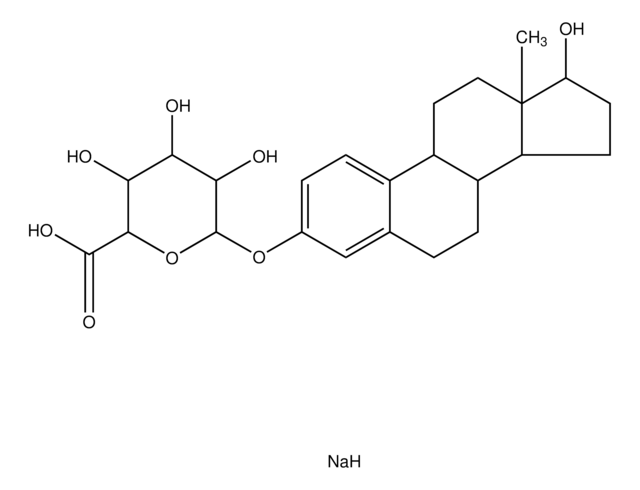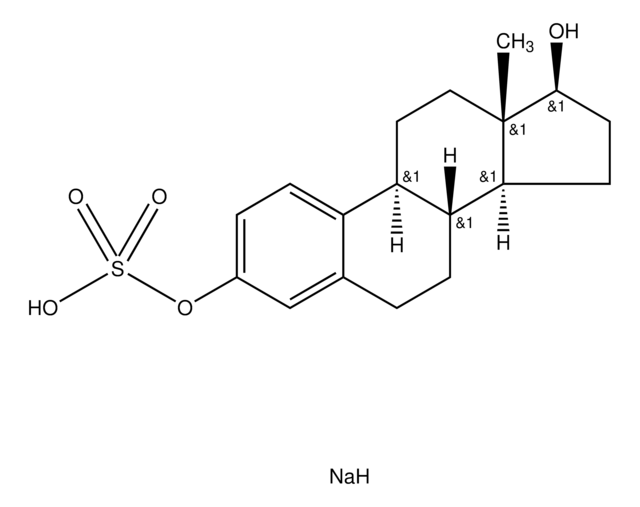F6513
Fusaric acid
from Gibberella fujikuroi
Sinónimos:
5-Butylpicolinic acid, 5-Butylpyridine-2-carboxylic acid
About This Item
Productos recomendados
origen biológico
Gibberella fujikuroi
Nivel de calidad
Ensayo
≥98% (TLC)
Formulario
powder
mp
95-97 °C
solubilidad
ethanol: 49.00-51.00 mg/mL, clear, colorless to faintly yellow
espectro de actividad antibiótica
Gram-positive bacteria
Modo de acción
enzyme | inhibits
temp. de almacenamiento
−20°C
cadena SMILES
CCCCc1ccc(nc1)C(O)=O
InChI
1S/C10H13NO2/c1-2-3-4-8-5-6-9(10(12)13)11-7-8/h5-7H,2-4H2,1H3,(H,12,13)
Clave InChI
DGMPVYSXXIOGJY-UHFFFAOYSA-N
Información sobre el gen
human ... DBH(1621)
¿Está buscando productos similares? Visita Guía de comparación de productos
Descripción general
Acciones bioquímicas o fisiológicas
Características y beneficios
Palabra de señalización
Warning
Frases de peligro
Consejos de prudencia
Clasificaciones de peligro
Acute Tox. 4 Oral
Código de clase de almacenamiento
11 - Combustible Solids
Clase de riesgo para el agua (WGK)
WGK 3
Punto de inflamabilidad (°F)
Not applicable
Punto de inflamabilidad (°C)
Not applicable
Equipo de protección personal
dust mask type N95 (US), Eyeshields, Faceshields, Gloves
Elija entre una de las versiones más recientes:
Certificados de análisis (COA)
¿No ve la versión correcta?
Si necesita una versión concreta, puede buscar un certificado específico por el número de lote.
¿Ya tiene este producto?
Encuentre la documentación para los productos que ha comprado recientemente en la Biblioteca de documentos.
Los clientes también vieron
Nuestro equipo de científicos tiene experiencia en todas las áreas de investigación: Ciencias de la vida, Ciencia de los materiales, Síntesis química, Cromatografía, Analítica y muchas otras.
Póngase en contacto con el Servicio técnico











